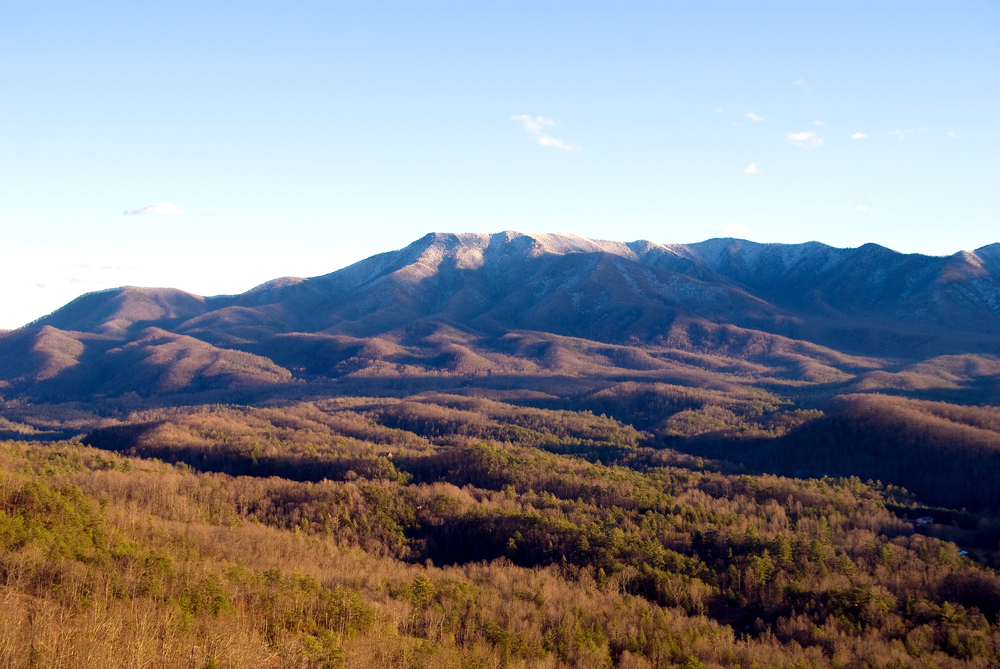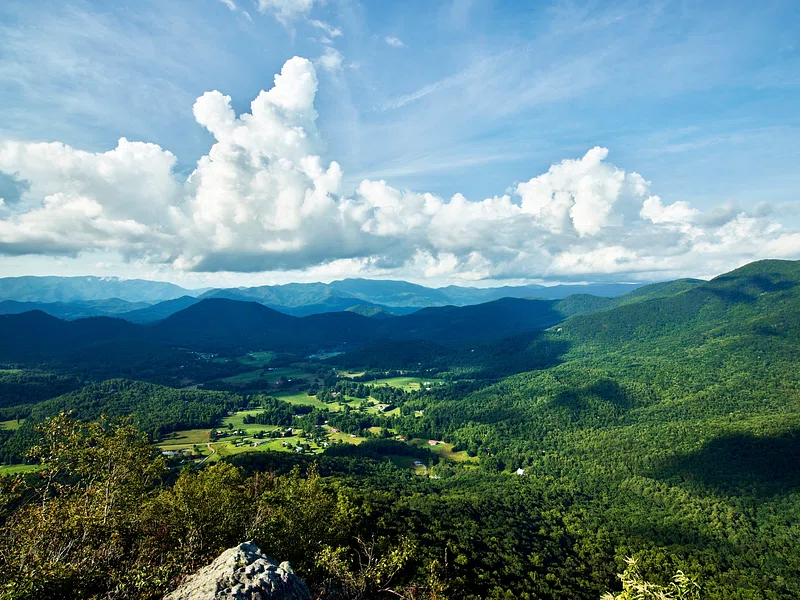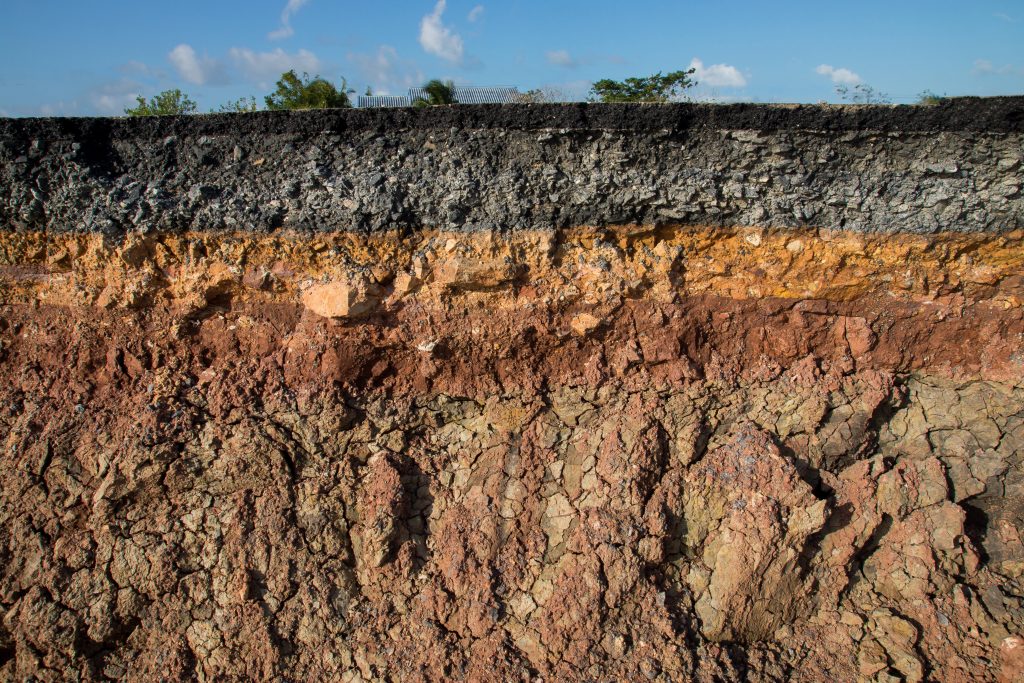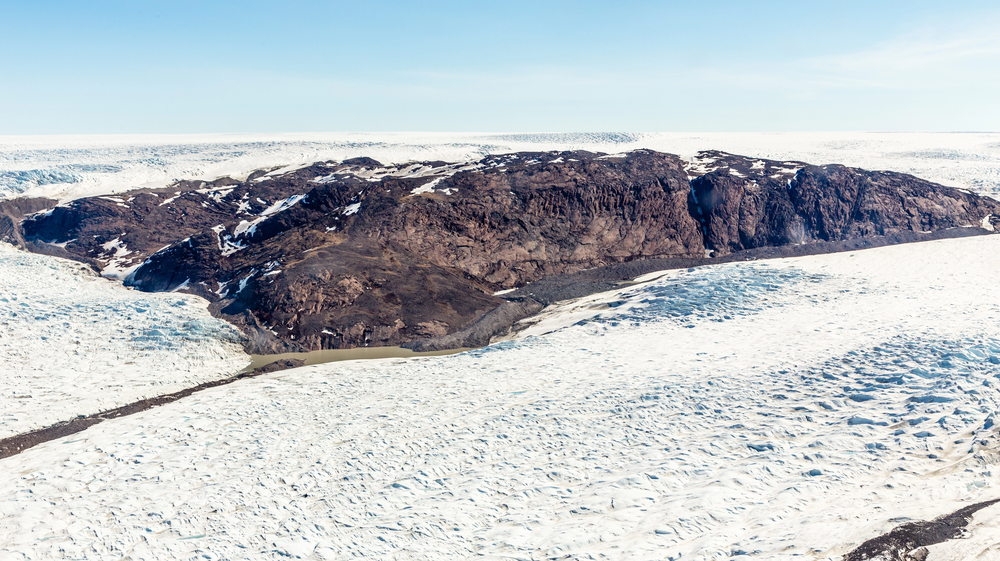
“Although the surface is little affected by present-day tectonics, deep beneath it the effects of rifting in the distant past are continuing to unfold,” said Tom Gernon of the University of Southampton. That really is the enigma that surrounds a huge, creeping slabs of hot rock termed the Northern Appalachian Anomaly beneath the Eastern United States. It poses no danger in any human timescale but is remodeling geological storylines.

This underground behemoth, hundreds of kilometers broad and hotter than the surrounding rocks, is inching towards New York at a rate of some 20 kilometers every million years. Its birth, migration, and legacy for the Appalachian Mountains have become a hot topic among geoscientists, who are using seismic imaging, computer modeling, and tectonic reconstructions to reconstruct its history.
The process also intersects with grander themes in Earth science from the heritage of continental rupture to the secret workings of the mantle and the insidious means deep processes can change landscapes and even urban systems. Seven primary insights result from the newest research.

1. A Thermal Anomaly Born of Ancient Continental Divorce
The Northern Appalachian Anomaly seems to have formed when Greenland and North America first broke apart about 80 million years ago, rather than during the initial breakup with Africa 180 million years ago as previously believed. Seismic reflection and geodynamic modeling follow its history back to the Labrador Sea rift margin, where the crust broke open and permitted hot mantle material to well upward. This change in origin theory refutes long‑standing hypotheses of passive remnants of rifting and suggests a more complicated, active mantle circulation.

2. A Giant on the Move But at a Glacial Pace
The anomaly measures between 350 and 400 kilometers wide and lies about 200 kilometers below New England. It is moving towards New York at an approximate rate of 12.4 miles per million years. Its center, at this pace, will be passing underneath the region in 10 to 15 million years. Though undetectable over human timescales, its movement presents a singular chance to observe how deep mantle structures move far inland from their source.

3. Mantle Waves and the Lava Lamp Analogy
Scientists call on the “mantle wave” hypothesis to account for the anomaly’s inland migration. Like blobs of wax in a lava lamp, heavy rock drips break off the bottom of tectonic plates following rifting, initiating a cascade Rayleigh‑Taylor instabilities that drift over millions of years. These convective currents can ripple under continents, sometimes causing volcanic eruptions or mountain uplift at great distances from plate margins.

4. Supporting the Appalachians
The Appalachians, created hundreds of millions of years ago, ought by now to have been worn down to low hills. The anomaly’s heat can be causing ballast to be missing from a hot-air balloon, stretching the lithosphere and lightening the crust. This could account for the range’s remaining relatively high after combined long-term erosion, quietly sculpting the region’s topography tens of millions of years at a time.

5. A Sibling Beneath Greenland
There is evidence of a counterpart thermal anomaly under north‑central Greenland, likewise derived from the Labrador Sea rifting. This ‘mirror’ structure affects the base of the Greenland ice sheet, having the potential to influence ice flow and melt. The dyad emphasizes how ancient tectonic processes can impose deep‑mantle signatures on opposite sides of an ocean basin, with far‑reaching implications for both solid Earth and cryospheric processes.

6. Deep Processes, Urban Implications
While the Northern Appalachian Anomaly itself is not directly dangerous to cities, some other subsurface heat phenomena are. Research in Chicago’s Loop indicates that waste heat from buildings, the transit system, and utilities produces subsurface urban heat islands, heating the ground by as much as 0.5 °C per year in some strata. This can lead to millimeter‑sized ground deformation over decades, quietly stressing foundations and infrastructure a demonstration of how ground heat changes underground can have structural implications.

7. Reconsidering Continental Margins
The finding that rifting produces hot rock drips that migrate tens of thousands of kilometers inland compels a rethink on what continental margins in geodynamic terms entail. As Derek Keir of the University of Southampton commented, “The idea that rifting of continents can cause drips and cells of circulating hot rock at depth makes us rethink what we know about the edges of continents both today and in Earth’s deep past.” This realization would be able to explain other mysterious mantle structures globally.

The Northern Appalachian Anomaly reminds us that the interior of Earth is far from immobile. From the gradual creep of a deep-mantle heat mass to the concealed warming beneath our cities, these processes relate ancient tectonic theatrics to contemporary landscapes and infrastructure. They not only enhance geological theory but also hone our perception of the insidious, forceful processes that continue to shape the planet underfoot.


